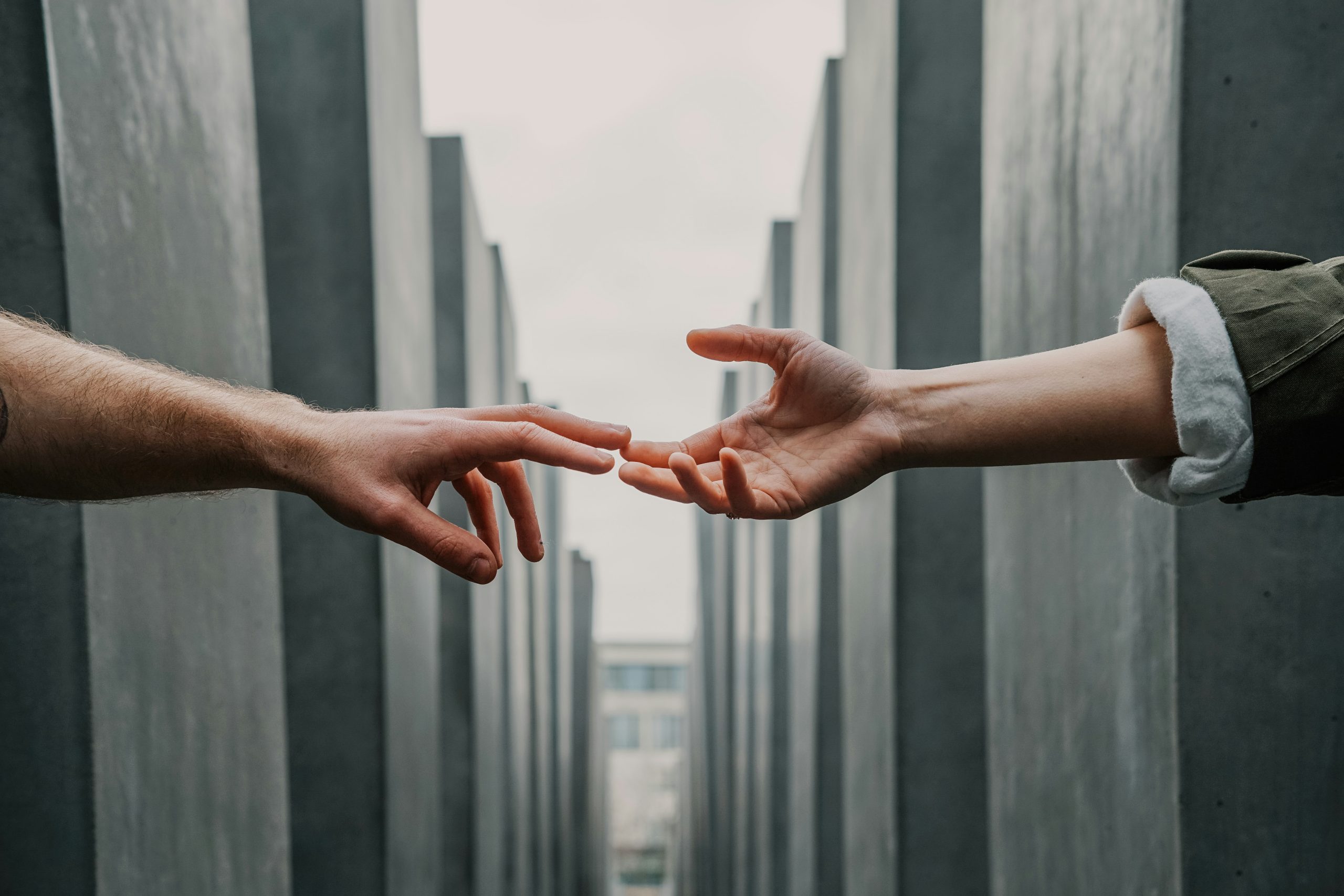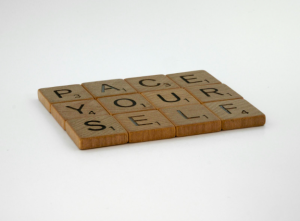When people think about therapy, they often focus on techniques, tools, or even diagnoses. But beneath all of that, there’s something much more foundational that drives real change: the therapeutic relationship. This unique, collaborative connection between therapist and client is not just helpful, it’s often the most important part of therapy.
What Is the Therapeutic Relationship?
The therapeutic relationship, also known as the therapeutic alliance, is the trusting, safe, and respectful bond that forms between a therapist and their client. At its core, it’s a professional relationship grounded in empathy, non-judgment, and collaboration.
It includes three key elements:
-
A strong emotional bond – Feeling heard, understood, and accepted without judgment.
-
Agreement on goals – Working together to define what healing or growth looks like.
-
Agreement on tasks – Mutually understanding the steps or methods you’ll take to get there.
It’s not about the therapist “fixing” the client, or offering advice like a friend would. It’s about co-creating a space where real, meaningful work can happen.
Why Is It So Important?
Research consistently shows that the quality of the therapeutic relationship is one of the strongest predictors of positive outcomes in therapy, often more influential than any specific method or technique.
Here’s why:
Safety Fosters Openness
Many people come to therapy carrying pain, shame, or vulnerability they may have never spoken about. A strong therapeutic relationship provides a space where clients feel safe enough to explore those tender parts of themselves without fear of judgment or rejection.
Healing Through Connection
Sometimes, the therapeutic relationship may be the first time someone has experienced a healthy, consistent, and supportive connection. That alone can be healing. In fact, therapy can become a corrective emotional experience where the client begins to feel what it’s like to be truly seen and supported.
Modelling Healthy Boundaries
Therapy models a kind of relationship that is emotionally attuned and boundaries at the same time. This can be especially powerful for individuals who have experienced relational trauma or have difficulty navigating boundaries in other areas of their life.
A Foundation for Growth
When the relationship is strong, clients are more likely to take emotional risks, explore new perspectives, and engage fully in the process. That’s where real growth happens.
What Does a Good Therapeutic Relationship Feel Like?
-
You feel safe, respected, and not judged.
-
You can speak freely—even about difficult or embarrassing topics.
-
You trust your therapist’s intentions and feel they are in your corner.
-
You feel understood, even if you’re still figuring out how to express yourself.
-
You feel like you’re working with your therapist, not being talked at.
It’s Okay to Look for the Right Fit
Just like in any relationship, not every therapist will be the right fit—and that’s okay. If you don’t feel safe, heard, or understood, it’s important to bring that up in therapy or consider looking for someone who is a better match for your needs. The therapeutic relationship should feel supportive, collaborative, and ultimately empowering.
At its best, therapy is not just a place for insight or coping strategies, it’s a relationship that heals. As therapists, we see our connection not as a side note to the “real work,” but as the work itself.
If you’re considering therapy, or if you’re wondering what might make therapy feel more effective, remember: the relationship is where it all begins.
Looking for a therapist?
If you’re curious about what therapy might be like, or if you’re searching for a therapeutic relationship that feels safe, supportive, and tailored to you, feel free to reach out. We would be honoured to walk alongside you!







